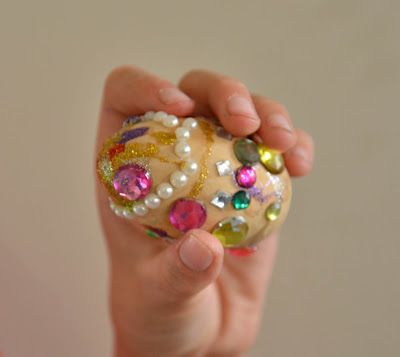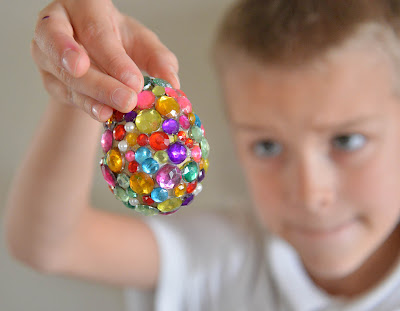As I was thinking of Russian composers I wanted to highlight, I realized that many (most?) of my very favorite composers are Russian! I could hardly manage to edit this list of music down to a manageable size. As it was we spent several days listening to these great works and talking about them.
Scriabin is a particularly interesting man. When we were in Moscow our hotel was less than half a mile from a Scriabin museum (a house where he used to live) and I really wanted to go to it, but to my great regret we didn't get to (its hours didn't happen to correspond with our free time). They have one of his "color organs" there which I would really have liked to see. Anyway, briefly, Scriabin had (or thought he had---there is debate about if he had the actual condition) synesthesia, where you experience some of the senses in relation to other senses. He associated distinct colors with specific musical pitches, and he wrote many of his (later, weirder) works based on these color palettes. Most fascinating of all, in his later years he started working on his magnum opus---a work to be performed incorporating all the senses at once. It would have music, choirs, dancing, projected lights, and even scents wafting over the audience---and it was to take place outdoors, at the foothills of the Himalayas---and he believed that with all these specific frequencies (of light, music, etc) vibrating in harmony, all flesh would dissolve in bliss and a New Dispensation would be ushered in. (I think he was a little crazy.) But it was a cool idea! Anyway, he also wrote parts in several of his pieces for a "light organ" (or "color organ"). This had a keyboard like an organ, but pushing each key down produced a projection of light at a specific wavelength/color---rather than producing sound. (I would have loved to see how this worked!)
Scriabin didn't really have the ability/technology to realize his vision while he was alive (and he died before completing that final work he dreamed of)---but when I was telling the children about him, they (especially Sebby) were really, really fascinated with the idea of music + light. So we decided to research whether or not anyone else, later, had tried to perform some of his works incorporating the color/light elements as Scriabin intended. That led us to
this really cool video, of a student who organized a performance of "Prometheus: Poem of Fire" for her thesis. (Hey, why didn't I think of that idea?! What a great project!) It's quite amazing to watch---the best part is seeing how complicated it was to set up all the lights and coordinate them, via keyboard, with the music. The music itself is not very tonal, and I don't love it, but the overall effect is so interesting. It would have been an awesome performance to attend live.
We talked about a whole bunch of other music and other composers too, but I'll spare you the details---except to say that the Shostakovich E-minor Piano Trio has a really interesting backstory too. I wondered if it would be too disturbing to tell the children about the Nazi Soldiers making the Jews dance beside their graves before killing them---but you can hear it in the music, and it's so powerful when you know what Shostakovich is trying to depict, so we went ahead and talked about it. Nearly all of the Russian composers had such strange, changeable lives, due to the whims of the government. Fascinating.
We also talked about ballet and folk dancing in Russia, and while we listened to a lot of the music I had the children dance. They loved that. They gathered up "costumes" and hats, and devised intricate "dance steps" that I'm pretty sure bore little or no resemblance to actual dance steps. Very cute. I have lots of blurry action shots of the little dears!
Here are a few videos of Russian dance:
Cossack dancers
More Cossack dancers
And
even more; sorry for the super-annoying intro
Clip from Swan Lake
From
Coppelia (not a Russian composer, but by a Russian ballet company)
Clip from
The Firebird---I love the ballerina's birdlike arm movements in this
I love this clip from Fantasia 2000. It's the story of the
Steadfast Tin Soldier, set to Shostakovich's 1st Piano Concerto (which I love).
UPDATE: How could I have forgotten
this compilation of "Three Stooges" clips---where one of them drops something on their toe and hops around in pain, and then everyone breaks into Russian dancing? The children HOWLED with laughter watching this. :)
Ky and Daisy dancing together is always cute
I really love this picture
Daisy makes such a lovely Russian girl in my shapka!
Sometimes the children like to do "lifts"
The "Cossack"-style (not sure if that is the most accurate term?) dancing was very inspiring to Junie and Sebby, and they tried valiantly to imitate it.
I just love his stern Cossack face!






















































